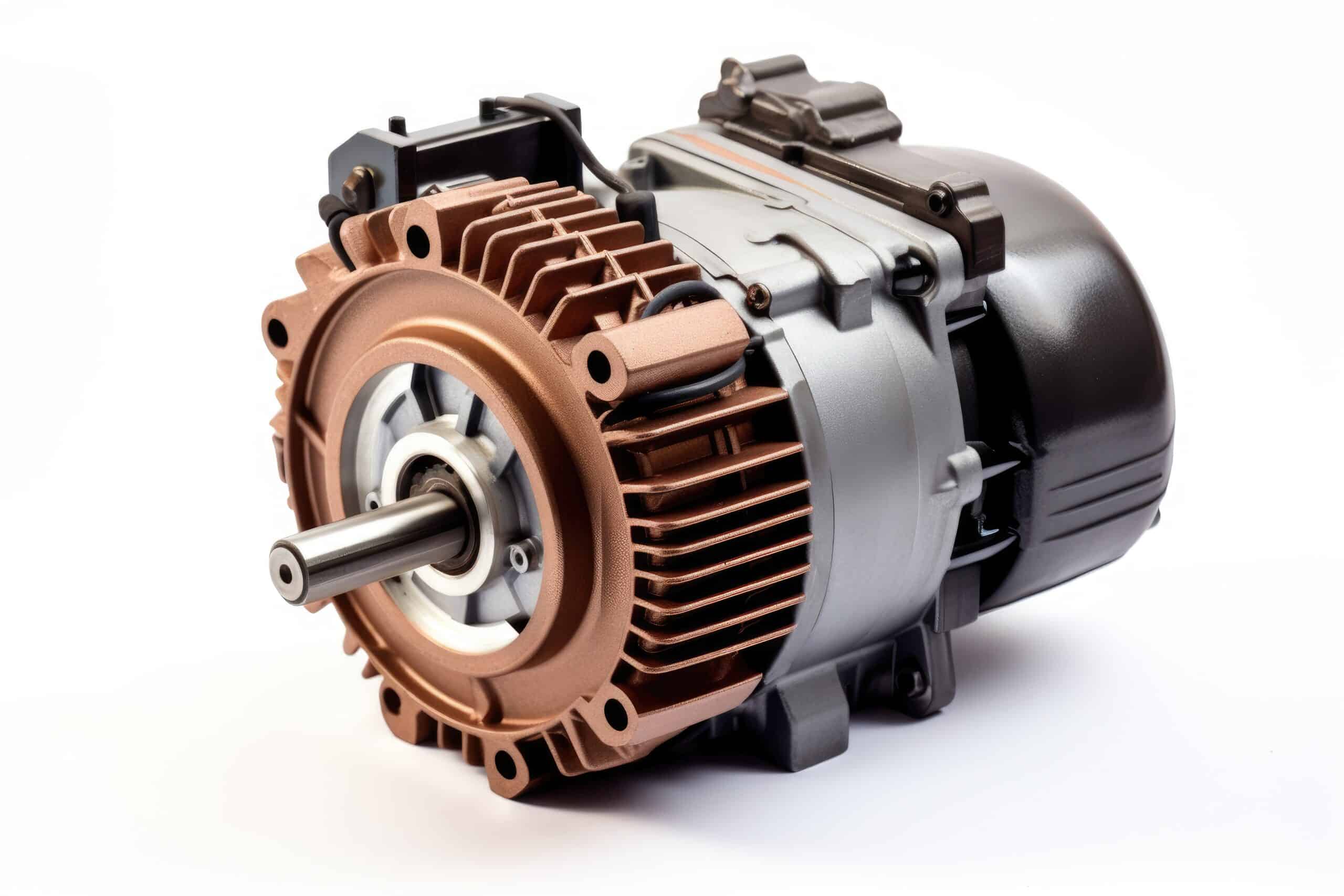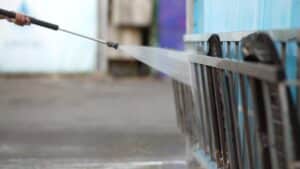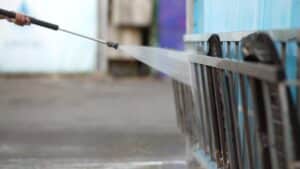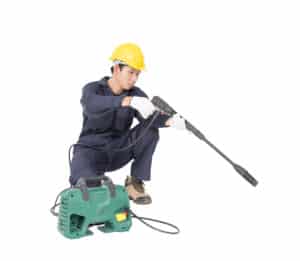How to Prevent Water from Getting into the Electric Motor of Your Pressure Washer
Key Takeaways
- Store your pressure washer in a warm and dry location to prevent water from freezing inside the motor and causing damage.
- Drain all water from the machine before storing it to reduce the risk of freezing and subsequent damage to the motor.
- Use a pump saver or antifreeze specifically designed for pressure washers to provide an extra layer of protection against freezing and water solidification inside the pump and motor.
When it comes to maintaining and protecting your pressure washer, one of the key concerns is preventing water from getting into the electric motor. Water damage can lead to costly repairs and even render your pressure washer unusable. In this article, we will explore some effective methods to safeguard your pressure washer motor from water damage.
Store in a Warm and Dry Location
During the winter months or whenever your pressure washer is not in use, it is crucial to store it in a warm and dry location. Exposing the pressure washer to freezing temperatures can cause water to freeze inside the motor and other components, leading to cracks and damage.
Find a suitable indoor storage space, such as a garage or utility room, where the temperature remains above freezing. If no indoor space is available, consider investing in a weatherproof cover for your pressure washer to shield it from the elements.
Drain All Water from the Machine
Before storing your pressure washer, it is essential to drain all water from the machine. Leaving water inside the system increases the risk of freezing and subsequent damage to the motor.
Start by disconnecting the water supply and trigger the pressure washer to release any built-up pressure. Next, locate the drain plug or valve, typically located near the bottom of the pump. Place a container underneath to catch the water, and slowly open the drain plug to allow the water to flow out.
Once all the water has drained, it is advisable to run the pressure washer for a few seconds to ensure any remaining water is expelled from the system.
Use a Pump Saver or Antifreeze
In addition to draining the water, using a pump saver or antifreeze specifically designed for pressure washers can provide an extra layer of protection against freezing. These products help prevent water from solidifying inside the pump and motor.
A pump saver is a lubricant and antifreeze mixture that is injected into the pressure washer system, displacing any remaining water. This helps to protect the pump seals and pistons from potential damage caused by freezing.
Follow the manufacturer’s instructions for using a pump saver or antifreeze, as the application method may vary depending on the specific product. It is important to note that regular automotive antifreeze should not be used, as it can damage the seals and other components of the pressure washer.
Regular Maintenance Checks
Preventing water from getting into the electric motor also requires regular maintenance checks. Inspect the pressure washer for any signs of water leaks, loose connections, or damaged seals. Address any issues promptly to avoid further damage to the motor.
Additionally, follow the recommended maintenance schedule provided by the manufacturer. This may include tasks such as changing the oil, cleaning or replacing filters, and inspecting the spark plug.
Conclusion
Protecting the electric motor of your pressure washer from water damage is crucial for its longevity and optimal performance. By storing the pressure washer in a warm and dry location, draining all water from the machine, using a pump saver or antifreeze, and conducting regular maintenance checks, you can prevent water from seeping into the motor and ensure that your pressure washer remains in excellent working condition.
Related Websites:
FAQs:
Q: Why is it important to prevent water from entering the electric motor?
Preventing water from entering the electric motor is crucial because it can cause serious damage. Water can short-circuit the motor, leading to costly repairs or even the need for a replacement. Additionally, water entering the motor can create safety hazards, such as electric shocks.
Q: What are some tips to prevent water from getting into the electric motor?
Here are some effective tips to prevent water from getting into the electric motor of a pressure washer:
1. Use appropriate outdoor electrical outlets.
2. Keep the pressure washer in an upright position.
3. Avoid spraying water directly onto the motor.
4. Ensure tight connections and seals.
5. Utilize weatherproof covers or enclosures.
Q: How can I protect the electric motor of my pressure washer?
To protect the electric motor of your pressure washer, follow these additional precautions:
1. Regularly inspect and maintain the pressure washer and its components.
2. Follow the manufacturer’s recommendations and guidelines for usage and maintenance.
3. Store the pressure washer in a dry and secure location when not in use.
Q: What are the potential consequences of water entering the motor?
When water enters the electric motor of a pressure washer, it can result in various consequences. These include motor failure, electrical damage, decreased performance, and safety hazards. It is important to take preventive measures to avoid these issues.
Q: How can I ensure optimal motor protection?
To ensure optimal motor protection, it is important to apply the provided tips and take proper care of your pressure washer. Regularly inspect and maintain it, follow the manufacturer’s recommendations, and store it in a dry and secure location. By doing so, you can prolong the lifespan of your pressure washer’s electric motor.






